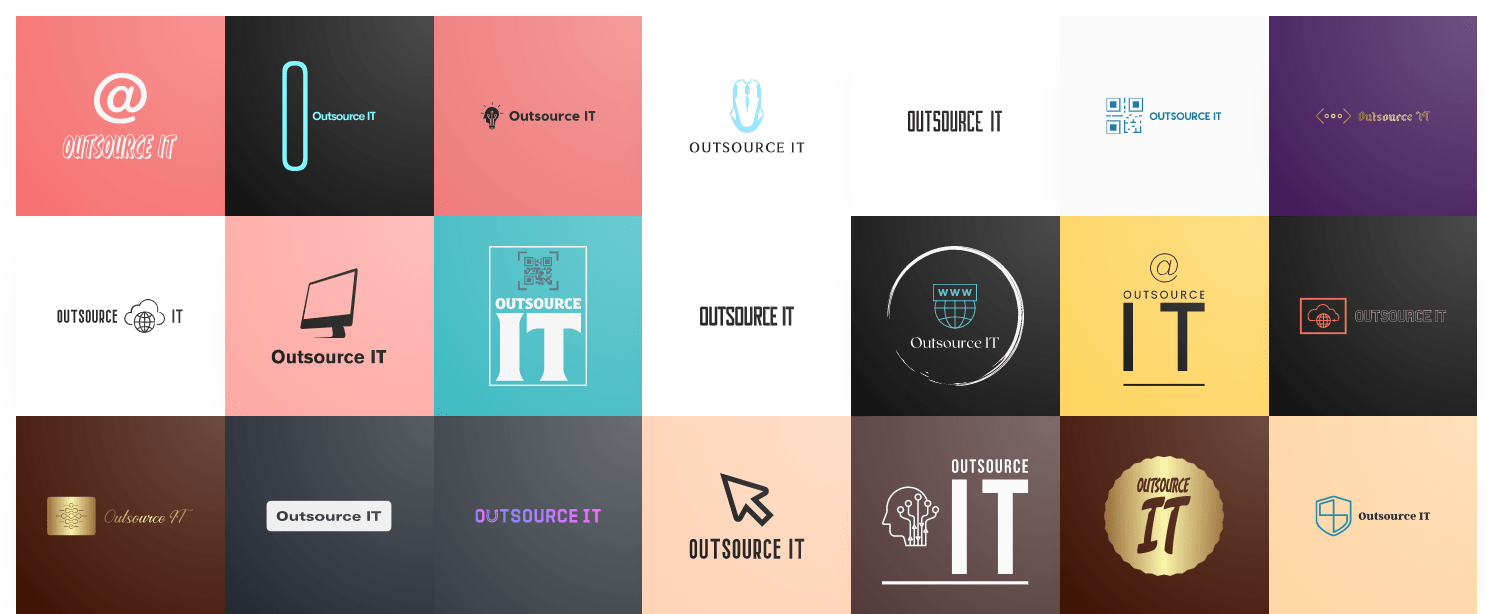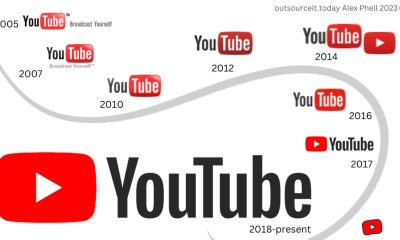Marketing Tips
4 Easy Ways to Digitise Your Drawings
Many artists spend a significant period of time learning not only how to draw, but practicing drawing well. So what happens when you’ve put in the time to do this, come up with a cool hand-drawn concept, and are happy with the finished product? Time.
If you’re an artist who wants to make more money, or a creative person looking for ways to share your art on Instagram – digitising your work is a great idea. Here are 4 easy ways to do it.
1. Adobe Capture
Adobe Capture is a handy mobile/tablet app for laptops which links up to Adobe programs like Illustrator and Photoshop. You can use it to take pictures of drawings and adjust its settings so that you can get a vectorised digital copy of your artwork.
Vectorising work can be helpful if you want to adjust the size and make the original look as good. This however can be challenging to do when your drawing is made on paper instead of on a screen. If you just want to post an image to social media, then vectorising your work quite isn’t as necessary – it really all depends on your artistic style!
The new Adobe Capture CC is a powerful and intuitive app that allows you to easily create and edit images on your phone. With this program, you can select colours, add text, crop an image and more.
Load on android here https://play.google.com/store/apps/details?id=com.adobe.creativeapps.gather&hl=en&gl=US
2. Image Trace on Adobe Illustrator
The image trace tool on the Adobe Illustrator is another way you can vectorize your artwork with the help of Adobe Capture.
Begin by taking a high-quality photo of your drawing, or otherwise scan it into your computer. I would recommend editing the image so that the tool can more easily identify parts of your drawing, as well as distinguish it from the background (I often increase the brightness and up the contrast).
After this, open up the image in Illustrator. Navigate to Window > Image Trace to bring up the advanced toolbar. Make sure your photo is selected, then click ‘Trace’. Select ‘Preview’ to see what different settings look like as you adjust them. Your image will automatically turn black and white once it’s traced, however you can change the settings to incorporate colour as well. I usually have to play around with the threshold and advanced setting sliders until I find something that works.
Once you are happy, press ‘expand’ on the top toolbar to turn your image into lots of little paths and anchor points you can edit!
3. Procreate for iPad
Graphic designers have been struggling with the evolution of technology and Procreate has given them a way to stay relevant and competitive. This app is especially great for illustrators as it allows them to work in a detailed and artistic way.
The program features layers like in all other Adobe programs, so you can place an image and create a new layer over it to draw on top of it.
I personally find Procreate to be an amazing tool for digitising my drawings. While it’s a big investment to buy an iPad, Apple pencil, and the app itself which costs $14.99, I use it enough both for fun and at work to justify it. The app includes features such as a symmetry tool (which is the most visually pleasing thing to use ever), along with a library of different brushes where you can also import extra ones if you want to buy more.
Once you have drawn up your work in Procreate, there are a few different ways you might like to export it. If you want to continue working with your illustration on your computer, you can export it as a PNG with a transparent background. If you have a Mac you can airdrop it straight to your computer, otherwise email it to yourself!
If you want to use the artwork as it is, you can export it as a JPG and upload it to the socials right away. I sometimes use a combination of drawing in Procreate, then image tracing it on Adobe Illustrator if I need it vectorised to use how I please!
4. Remove the background from a photograph
For some drawings that don’t require much editing, you can simply take a high-quality photo and let Photoshop remove the background. There are some styles of art that have yet to be properly represented by AI such as dot-work, where vectorisation may not pick up all the details.
You can either use the ‘Magic Eraser’ tool if the background is plain and easy to remove, or create a mask. A quick way to select at least most of the illustration is to navigate to Select > Subject and add a layer mask to the image. You can then use the brush tool to add or subtract parts of the image in this layer.
This method is perfect for small-scale social posts. You could add text, a coloured background, or even make a collage with other drawings. Just be aware that the image won’t be made in vector format so it might not have the same quality as your other creations.
With so many different options of how to go about digitising your artwork, there’s no single correct way to do it. Have fun experimenting with the different methods that are out there and find the one that best suits your personal artistic style!
-

 Business Imprint3 hours ago
Business Imprint3 hours agoAbout Apple Employee and Friends&Family Discount in 2024
-

 News1 day ago
News1 day agoOpen-Source GPT-3/4 LLM Alternatives to Try in 2024
-

 Crawling and Scraping1 day ago
Crawling and Scraping1 day agoComparison of Open Source Web Crawlers for Data Mining and Web Scraping: Pros&Cons
-

 Grow Your Business1 day ago
Grow Your Business1 day agoHow to Become a Prompt Engineer in 2024
-

 Software Development1 day ago
Software Development1 day agoWhy is the Julia Programming Language Popular in 2024?
-
Business Imprint1 day ago
How the Digital Yuan Is Reshaping Consumer Banking Behaviors
-

 Business Imprint1 day ago
Business Imprint1 day agoThe Future of Finance: Investing in Bitcoin for Long-Term Wealth









